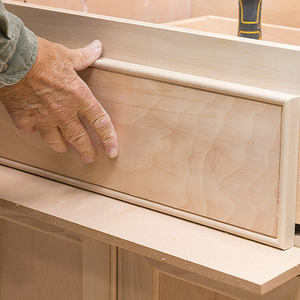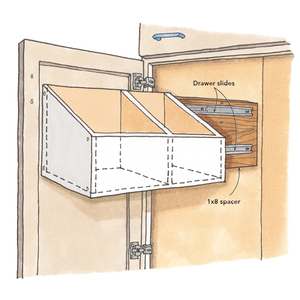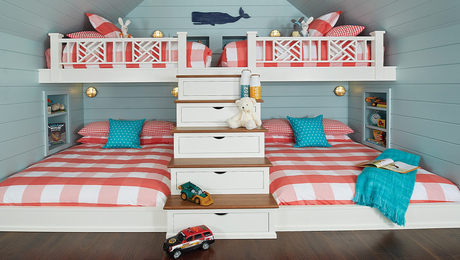After moving into a 1920s Craftsman-style house, I suspected there were leaks in the roof because mold appeared on the walls inside some of the kitchen cabinets each winter. I had the asphalt roofing shingles replaced with a cedar-shingle roof. The new roof seemed fine until midwinter, when mold appeared in the kitchen cabinets again. The roofer went in the attic and found no evidence of water leaking in. He also said he put a peel-and-stick membrane on the bottom edge of the roof. There are wide overhangs on the roof, so I don’t think water is leaking in through the walls. What can be causing the mold if it’s not from roof leaks?
—Patrick Kensington
Seattle
M.G.: The cabinets in a house from that period were probably built in place rather than installed as separate cabinet boxes. When you look inside the cabinets, you may be looking at the painted plaster on the wall surface, which would show permanent water stains if there were a leak.
Because you noted mold but no water stains, my guess is that there is a humidity problem inside the house and that the mold is due to condensation rather than a water leak. There may be no insulation in the walls, or blown-in insulation may have settled over the years, leaving voids near the tops of the stud cavities. In either case, the plaster on the exterior-wall surface is cold in winter. Moist air inside the house can condense on the cold surface and lead to mold. You’re more likely to see mold inside the cabinet because the cabinet doors reduce warm-air circulation inside the cabinet. It’s probably slightly colder on the exterior walls inside the cabinets than on the rest of the exterior walls inside the house.
Test the relative-humidity level inside the cabinets on a winter day. You’ll likely find that the moisture level is higher than 50%. You’ll need to track down the moisture source and address it. It could be that moisture from the basement is migrating into the living space, or the problem could be moisture generated by activities such as showering, cooking, and cleaning. Ventilation likely will be part of the solution. This could include exhaust fans inside the bathrooms and over the cooktop, as well as whole-house ventilation.

























